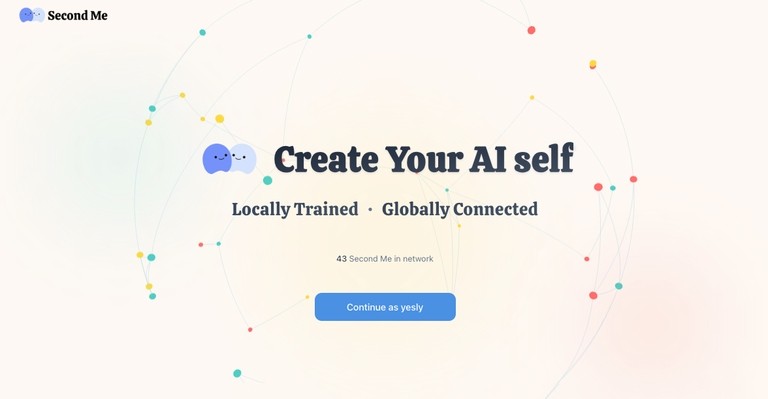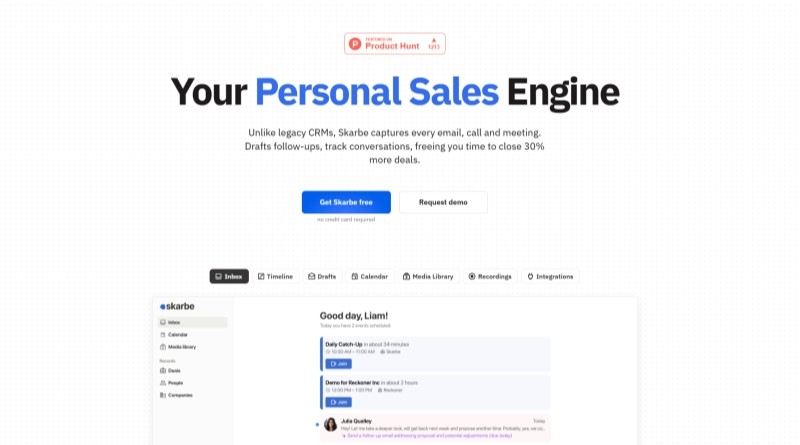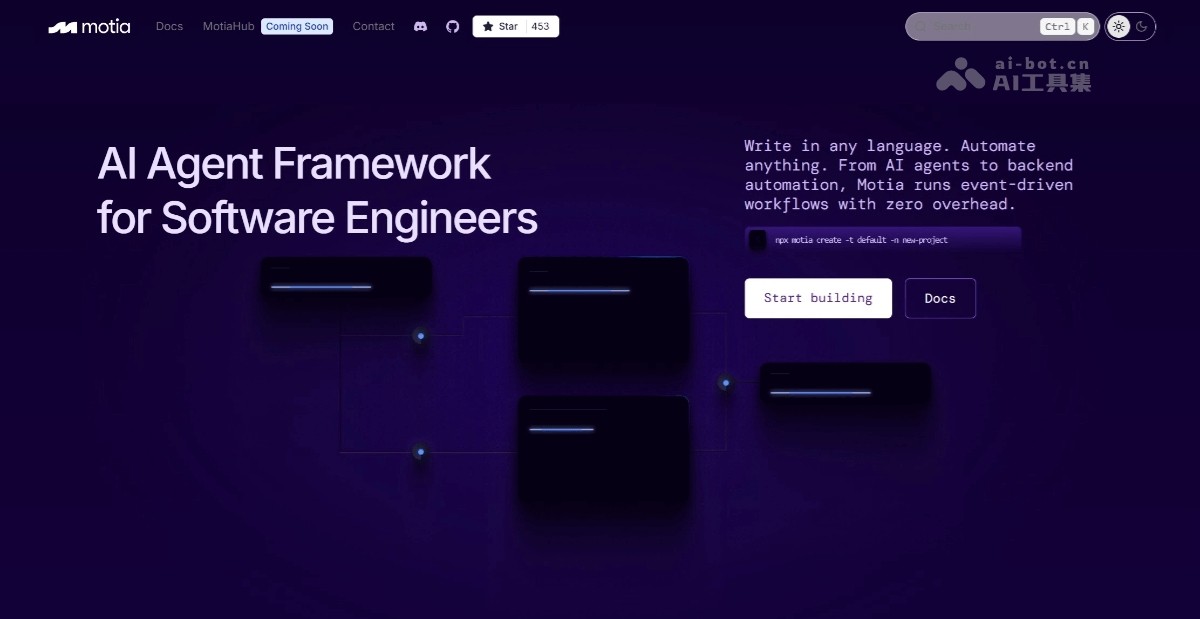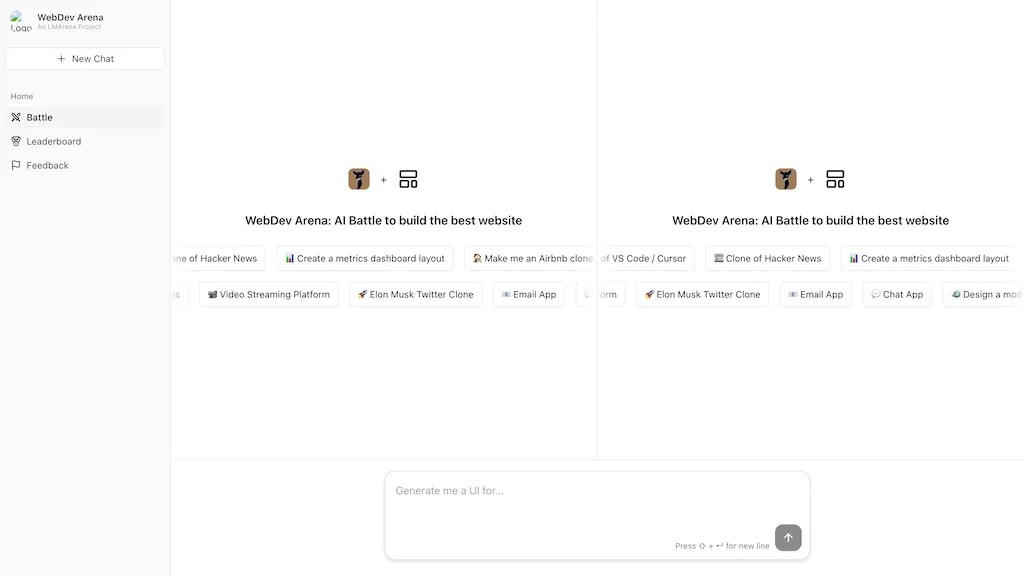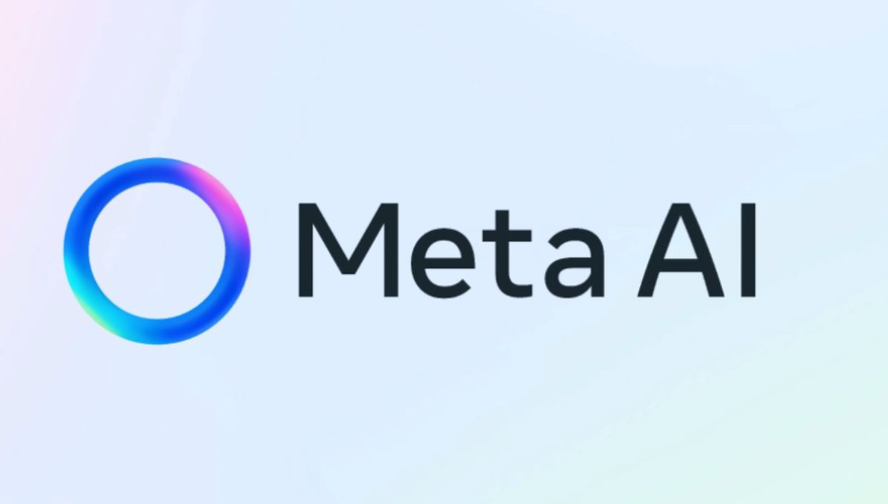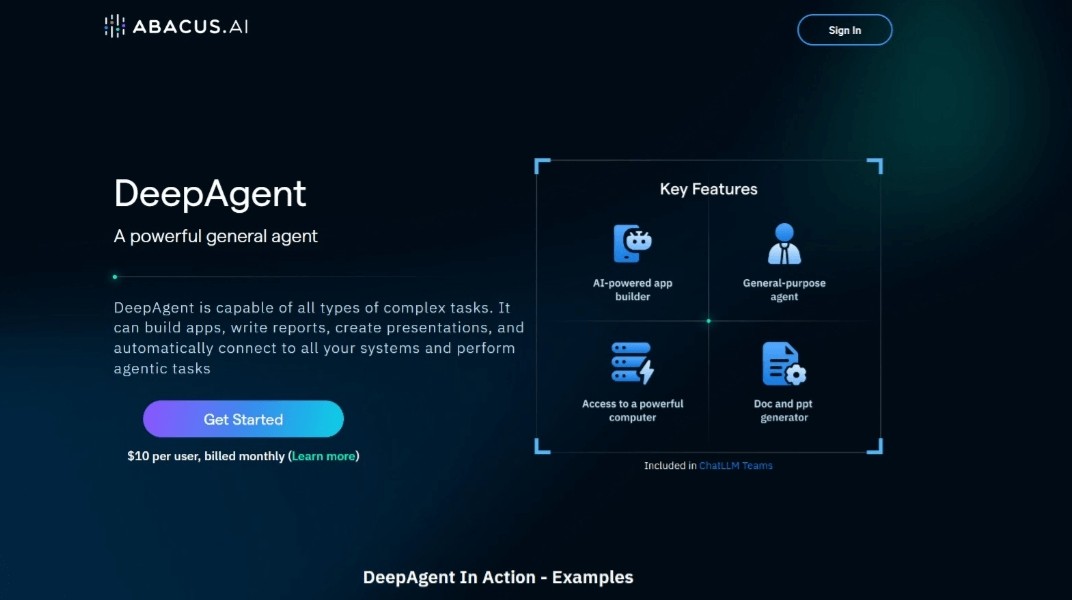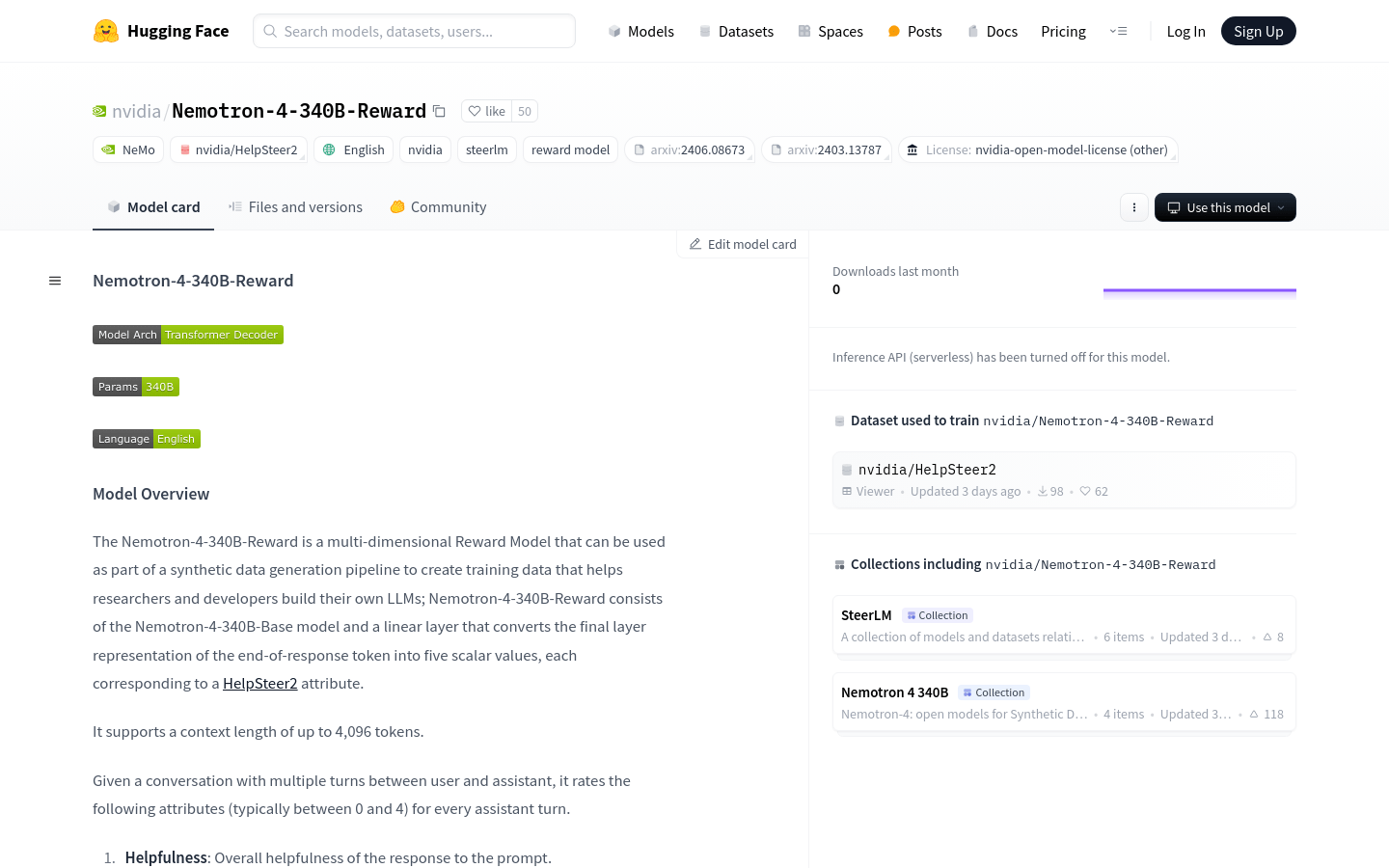
Nemotron-4-340B-Reward is a multi-dimensional reward model developed by NVIDIA for use in synthetic data generation pipelines to help researchers and developers build their own large language models (LLMs). The model consists of the Nemotron-4-340B-Base model and a linear layer capable of converting the token at the end of the response into five scalar values, corresponding to the HelpSteer2 attribute. It supports context lengths of up to 4096 tokens and is able to score five attributes per assistant turn.
The target audience is AI researchers and developers, especially those working on building and optimizing large language models. This model enables them to improve model performance and alignment through synthetic data generation and reinforcement learning techniques.
Example of usage scenario:
The researchers used the Nemotron-4-340B-Reward model to evaluate and improve language models they built themselves.
Developers use this model to generate training data in dialogue system development to improve the quality of system responses to user queries.
Educational institutions use this model as a teaching tool to help students understand how large language models work and optimize methods.
Product features:
A context length of up to 4096 tags is supported.
Ability to rate the assistant's responses on five attributes: helpfulness, correctness, coherence, complexity, and redundancy.
Can be used as a traditional reward model, outputting a single scalar value.
Models are commercially available under the NVIDIA Open Model License, which allows the creation and distribution of derivative models.
Suitable for English synthetic data generation and English reinforcement learning based on AI feedback.
Can be used to align pre-trained models to match human preferences, or as a reward model for use as a judge.
Usage tutorial:
1. Visit the web link for the Nemotron-4-340B-Reward model.
2. Read the model overview and instructions to understand the model's functions and limitations.
3. Set model parameters as needed, such as context length and scoring attribute weights.
4. Use the model for data generation or model alignment, and adjust the model configuration based on the output results.
5. Integrate the model into existing AI projects to improve the intelligence and response quality of the system.
6. Regularly update the model to take advantage of the latest research results and technological advances.
